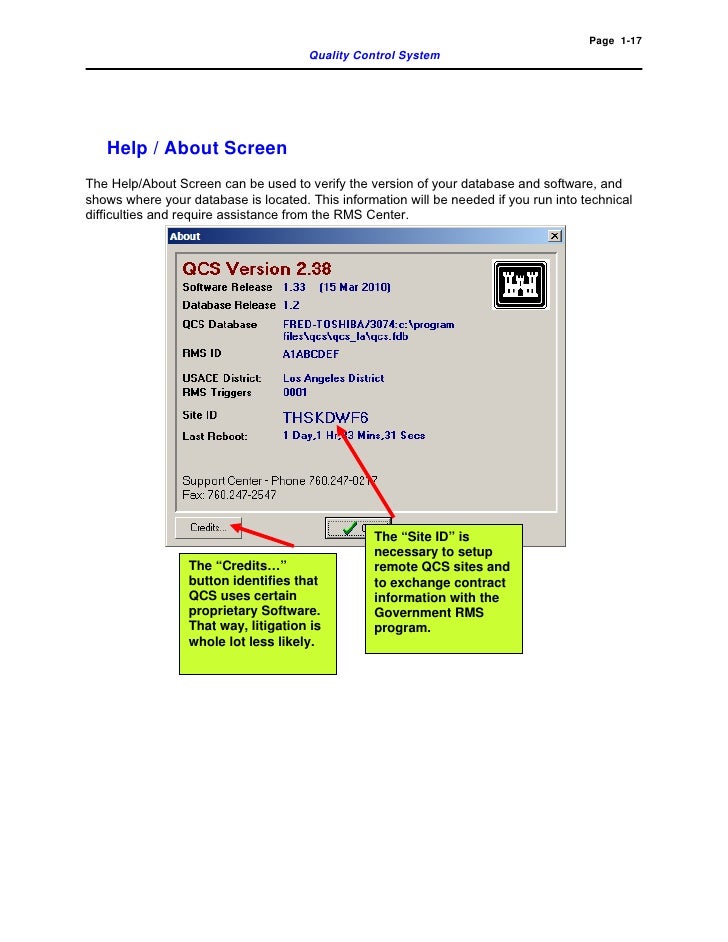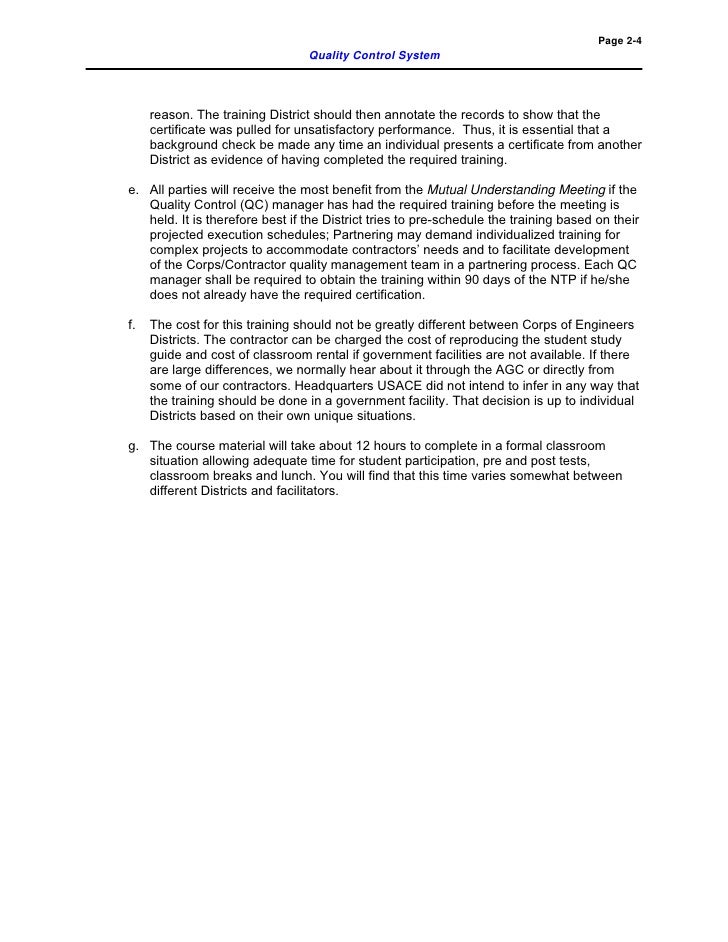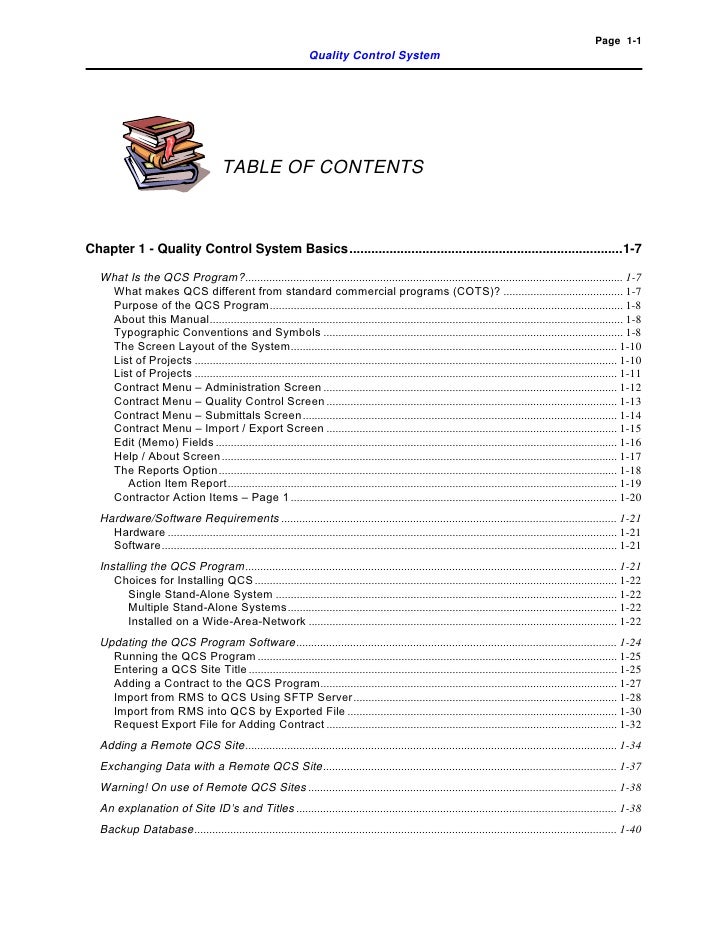
#Qcs 2.38 download free
In most cases, where target proteins are of pharmaceutical use, they need to be produced free of potential impurities. Lead to an increase of specific activity for the strain studied.8,14 In process scale bioreactors, with high cell density cultures, an excess of IPTG implies an increase in both production and downstream costs. 10.1021/ac100756m 2010 American Chemical Society Published on Web

Nature 2002, 420, 231–237, Control, exploitation and tolerance of intracellular noise.
#Qcs 2.38 download software
Advanced Chemistry Development(ACD/Labs) Software V8 for Solaris, New York, 1994-2008. When working with strong promoters, much lower concentrations (in the range between 50 and 100 µM) have been shown to be enough in order to obtain the maximum specific activity and higher concentrations did not (3) Syracuse, S. A wide range of IPTG concentrations, ranging from 0.005 to 5 mM have been reported, but overexpression is commonly induced at IPTG concentrations of 500-1000 µM.2 Nevertheless under these conditions, growth inhibition occurs as a result of the metabolic burden. Some publications report that the probability for the inducer to bind the repressor depends on the inducer concentration inside the cell.11 Other authors mention that there are “stochastic” events involved to explain why, at some points, just by chance, the cell becomes induced.12 Hence, optimization of IPTG concentration for recombinant protein expression is an important factor to be considered.2,13 It is common to set an in excess concentration of IPTG to ensure the total induction of the system in small scale experiments.

It has seven rotable bonds, five H+ acceptors and four H- donors are predicted.3 Several strategies for cell growing are commonly used such as batch cultivations in which IPTG inducible promoters are pulse induced reaching high IPTG concentrations inside the reactor,4,5 while fed-batch strategies can be induced by pulses6-8 or adding IPTG continuously9,10 in order to induce recombinant protein production. IPTG is a nine carbon sugar with a high polarity, soluble in water and it has a molecular weight of 238.3 g In that case, Isopropyl-β-D-1-thiolgalactopyranoside (IPTG) is the commonly used gratuitous inducer for intracellular protein expression because it is a synthetic analog of lactose which binds and inactivates the lac repressor.2 * To whom correspondence should be addressed. Among many systems available for heterologous protein production, the Gram-negative bacterium Escherichia coli remains one of the most attractive because of its ability to grow rapidly and at high cell density cultures on inexpensive substrates, its well characterized genetics and the availability of increasing number of cloning vectors and mutant host strains.1 Expression systems derived from the lac operon are the most employed ones. The developed procedure has been applied to determine the IPTG distribution profiles in medium and intracellular samples in high cell density induced cultures for the production of the recombinant protein rhamnulose-1-phosphate aldolase (RhuA). The limit of detection (LOD) was set at 0.02 µM being the 0.1% of the lowest IPTG concentration used for induction of recombinant protein overexpression. Recovery for both matrices was between 95.8 and 113.5%. Quality control samples were analyzed and showed precision and accuracy within the limits according to FDA Guidelines for analytical method validation. The assay was validated for medium and intracellular matrices and linear calibration curves of 3 orders of magnitude were obtained (R2 g 0.99).

The flow was directed to mass spectrometer 11 min after the start of the run and diverted from mass spectrometer after 14.5 min in order to avoid interference of salts and other metabolites. The extracted ion was 261 m/z and the retention time of IPTG was 12.4 min with a total run time in samples of 30 min. Analysis was performed in single ion monitoring positive mode using ESI source. A reliable method has been developed for the determination of IPTG in E.coli fed-batch fermentation samples with a minimal sample treatment. Coli Fed-Batch Cultures Alfred Ferna´ndez,* Jordi Ruiz, Gloria Caminal, and Josep Lo´pez-Santı´n Departament d’Enginyeria Quı´mica, Escola d’Enginyeria, Unitat de Biocata`lisi Aplicada associada al IQAC (CSIC), Universitat Auto`noma de Barcelona, Edifici Q, 08193 Bellaterra (Cerdanyola del Valle´s), Spain IPTG (Isopropyl-β-D-1-thiolgalactopyranoside) is a gratuitous inducer commonly used for the overexpression of heterologous recombinant proteins in Escherichia coli.

Development and Validation of a Liquid Chromatography-Mass Spectrometry Assay for the Quantitation of IPTG in E.


 0 kommentar(er)
0 kommentar(er)
